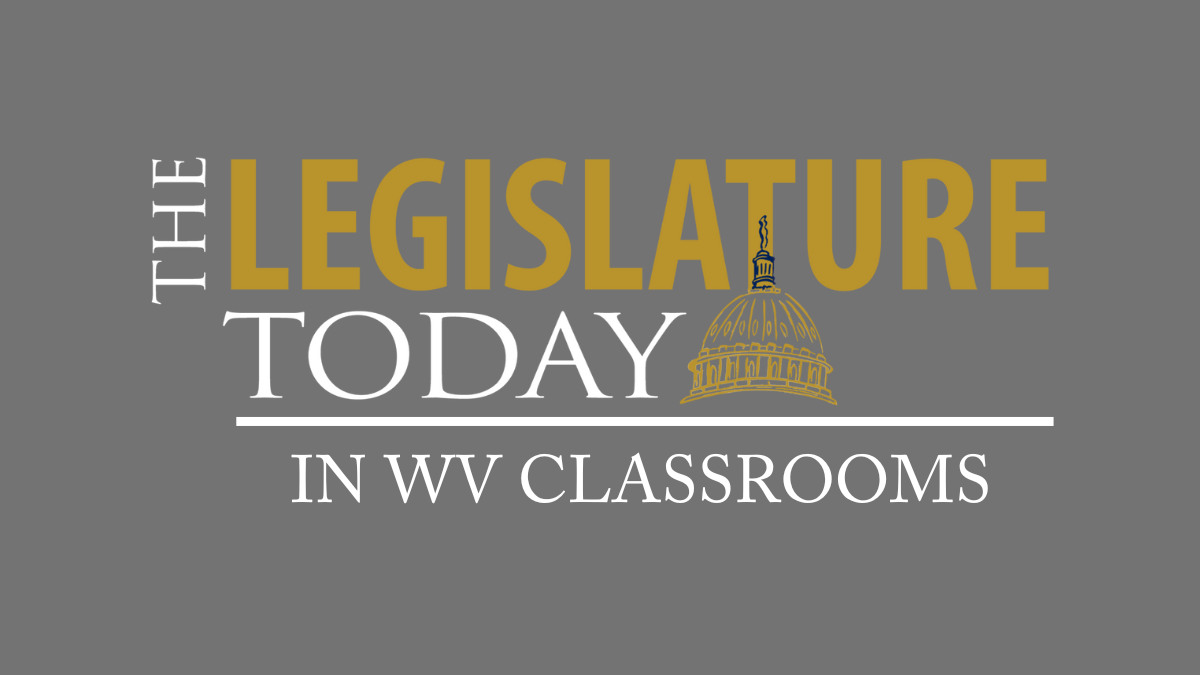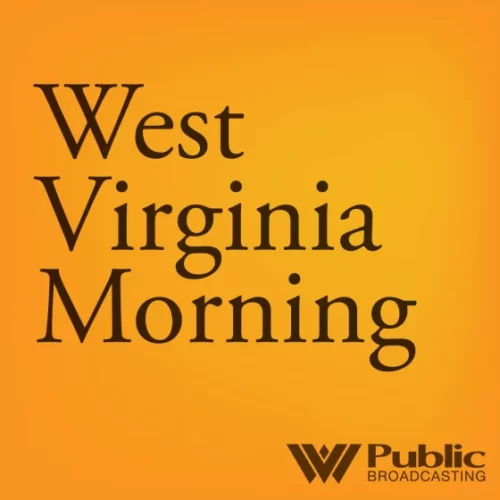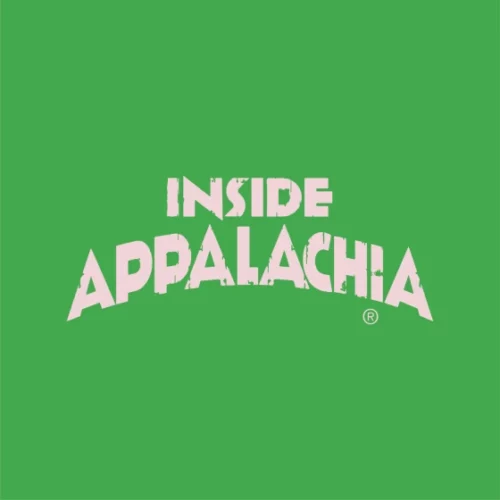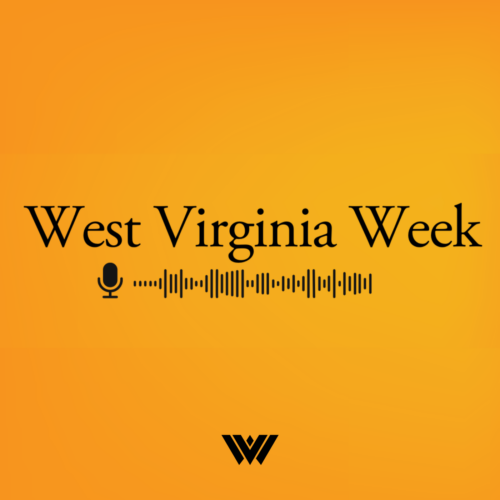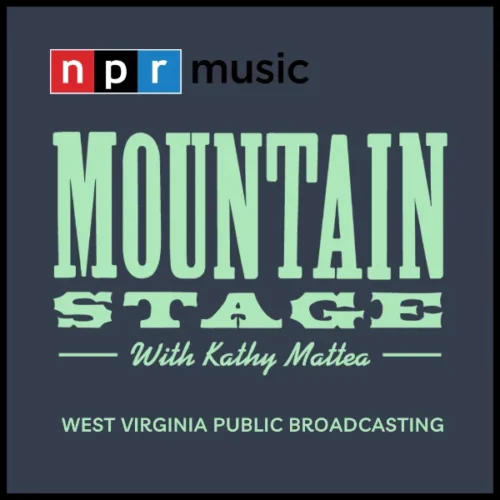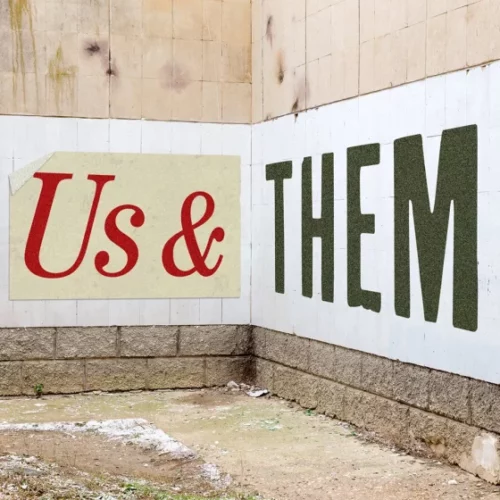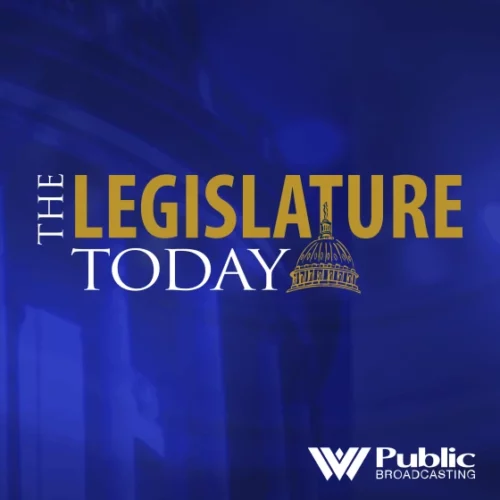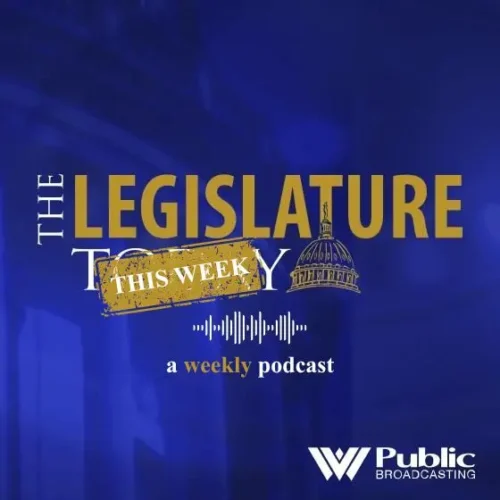The Supplemental Nutrition Assistance Program (SNAP) is intended to alleviate hunger and malnutrition among low-income households. In 2019, the program served an average of more than 282,000 West Virginians per month.
SNAP is a fully federally funded program, except for some state administrative costs. But in West Virginia, the average benefit is $1.29 per person per meal. With those meager benefits, it can be difficult for SNAP households to afford fresh, healthy foods like local produce.
Nationally, SNAP incentive programs have emerged in recent years to encourage increased food and vegetable purchases, and for those purchases to be made at local farms and markets.
The West Virginia Food and Farm Coalition created an incentive program called SNAP Stretch in 2018 to increase the buying power of SNAP recipients, increase the consumption of locally grown produce and decrease food insecurity.
When a customer uses their SNAP benefits at a participating market, they receive a one-to-one match in SNAP Stretch dollars that can be used to buy fresh fruits and vegetables; canned, dried, or frozen fruits and vegetables; seeds and plants; or fresh herbs.
Senior shoppers and customers with children get an increased match rate.
Evan Osborne is the executive director of the Capitol Market in Charleston. For now, Capitol Market is able to continue operating SNAP Stretch through a grant from the city.
“It’s not just an added source of revenue for our farmers and producers, but this has real world implications for the families that utilize the program,” Osborne said. “That goes beyond just putting food on the table the way that the program is structured. It’s incentivizing them to spend it on healthier items.”
The West Virginia Food and Farm Coalition reimburses local markets to provide scrip, or market currency like a ticket, token, or receipt, for SNAP and EBT users, according to Spencer Moss, the group’s executive director.
“Most of our sites do thousands of dollars a year in SNAP and snap stretch sales,” Moss said. “So if you think of it this way, these were customers that you just did not have at your market before. And because of the program, you’ve got people coming and spending their SNAP EBT dollars that would otherwise go out the door to a big box grocery, Kroger, Walmart.”
Kimberly Stemple is the owner of LEC Farm and Garden Market in Kingwood, West Virginia. She calls the SNAP Stretch program a “godsend” to her market and community.
“Many of them told us the price of fresh fruits and vegetables in the grocery store, the price of meats, cheeses, just everything that discount was the difference between choosing whether we could add fresh fruits and vegetables to our diet, or if we just had to buy the staples like bread and milk and things like that, so that to them, you know, even that little bit amount that we were able to match because of their limited EBT dollars was, I mean, amazing,” Stemple said.
The program was originally funded by a United States Department of Agriculture (USDA) National Institute of Food and Agriculture (NIFA) Food Insecurity Nutrition Incentive award.
When the COVID-19 pandemic hit, the West Virginia Food and Farm Coalition saw a 442 percent increase in the use of the SNAP Stretch program, reaching 8,426 families.
The popularity of SNAP Stretch in 2020 caused a brief hiatus in the program, freezing SNAP Stretch benefits for three months due to an exhausted budget.
“In 2020, the program went on pause because we actually didn’t have any federal funding for the program at the time we were between federal grants,” Moss said.
The program was restarted in 2020 with $200,000 in funding from the federal Coronavirus Aid, Relief, and Economic Security Act.
Since then the program has only grown, with the Food and Farm Coalition fundraising and applying for grants to keep pace.
“For six years, [we] sustained the match from the program from philanthropic dollars,” Moss said. “We get those philanthropic dollars in somewhere between $5,000 to like $50,000 chunks. And we’ve put out over a million dollars in the program. So you can imagine how exhausted my team is with trying to fundraise the money, to get the match, to get the program operating.”
On Aug. 12, the coalition announced the program was placed on a temporary pause, affecting 26 markets operating in 21 counties.
“I get emails, Facebook messages, text messages every day from participating sites that are asking, ‘Hey, are we coming back anytime soon? Has that funding come through yet?’ I’ve got customers who are asking every day and we’re letting them know that we’re fundraising like crazy,” Moss said. “We’re talking to political actors like crazy, just trying to do everything we can to bring the program back online.”
Stemple says the pause comes at the worst time for her customers who use SNAP Stretch benefits to purchase bushels of produce to can for the winter.
“Knowing that we were going to have to pause it was so very disheartening,” Stemple said. “We had told customers that that was a possibility. It was always budget-based, so when and if we met our budget, then we would have to pause it. It did not help that it came as possibly the worst time of the season.”
According to a press release, the coalition is seeking additional funding partners and hopes a portion of the state’s 2024 budget surplus can help the program.
“We’re really thankful to the governor’s office, who saw a press release last week about the program being paused, and they called to talk more about what they could do to help out,” Moss said.
The office of Gov. Jim Justice did not respond to a request for comment on this story by the time of publication.
While funding from the state’s surplus would get the program back up and running in the short term, Moss is seeking a more reliable form of funding: a line item in the state’s budget.
“The deal with that is that the federal grant requires a one-to-one match,” Moss said. “So if we’re asking for a million dollars from the USDA for the program, I have to come up with a million dollars in match. The best way for me to do that is to have a state budget line item to make that happen, because that means year on year, I’m going to get $300,000 or $500,000 from the state legislature to make the program operate, and that’s the most sustainable way to keep this program going year on year having pauses in the program.”
Any money from the budget surplus would have to come during a special session of the legislature.
On Monday, Gov. Jim Justice announced he would call lawmakers back to the state capitol on Sept. 30 for a special legislative session on new tax cuts and child care in the state. Budgetary decisions were not listed as a topic of discussion for the session.
Appalachia Health News is a project of West Virginia Public Broadcasting with support from Marshall Health.





